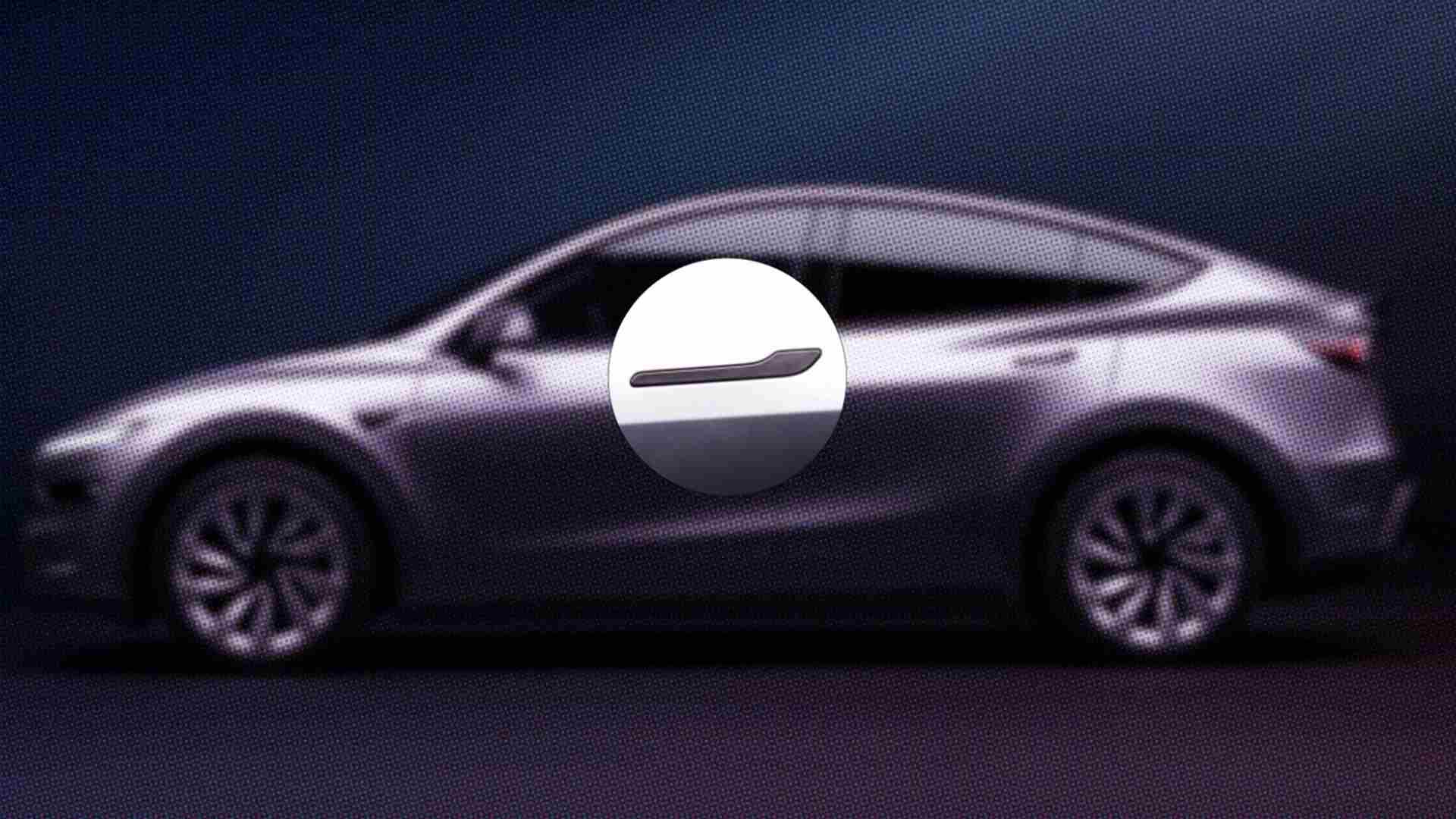- | 8:00 am
Tesla’s door handles are dangerous. They might finally be getting a redesign
The National Highway Traffic Safety Administration just opened an investigation into Tesla’s electronic door handles. Tesla’s design chief says a redesign is underway.

Tesla’s door handle design is notoriously terrible, unintuitive, and dangerous. Customers have been saying it for years. After multiple damning reports, the company might finally be doing something about it.
On September 10, Bloomberg published a report on Tesla’s faulty door handles, which included the discovery of more than 140 consumer complaints “related to Tesla’s doors getting stuck, not opening, or otherwise malfunctioning since 2018.” Several instances involved scenarios where passengers trapped inside a burning vehicle appeared to be unable to open the doors from the inside.
Five days later, the National Highway Traffic Safety Administration (NHTSA) opened an official investigation into Tesla’s door-opening mechanisms, citing nine similar complaints from Model Y owners. And on September 17, Tesla design chief Franz von Holzhausen told Bloomberg’s Hot Pursuit! podcast that the company is actively working on redesigning its door-opening mechanisms to make them easier to operate in a “panic situation.”
The issue with Tesla’s doors comes down to a fundamental design flaw: On the inside of the company’s vehicles, the electronic and mechanical door-opening systems are entirely separate. That means that if everything is operational, passengers press a button to unlatch the doors electronically. But if the electronic system is down for any reason, passengers have to rely on the mechanical release system instead—one that’s located in an entirely different area of the vehicle. In an emergency situation, it’s an oversight that can have dangerous consequences.
Why Tesla’s doors are an example of bad design
Tesla’s door construction, which includes handles embedded flush with the car, has long faced criticism for its unintuitive design and propensity to become completely frozen in winter weather. But recently, more concerning reports have emerged.
On October 24, 2024, four friends died in a Tesla Model Y after the vehicle crashed into a barrier on Lake Shore Boulevard in Toronto and caught fire. Reports indicated that following the crash the car’s electronic opening mechanism stopped working, preventing the occupants from exiting the vehicle. As Fast Company reported at the time, the Model Y’s doors—as in all Tesla cars—rely primarily on electronic controls. If these fail, the next best option are small release mechanisms sandwiched between the door and the door handle, which passengers unacquainted with the model’s manual may not be aware of.
Tesla’s manual releases are placed differently depending on the vehicle model. In the Model S, for example, manual release cables are located under the carpet below the front of the rear seats. Bloomberg’s investigation also found that for some earlier iterations of Tesla’s top-selling vehicles, there were no manual releases for the rear doors. This included versions of the Model 3 sold from 2014 to 2023, as well as some Model Y’s sold between 2020 and 2024.
NHTSA’s new investigation highlights this lack of a clear mechanical release system as a primary concern. According to its report, the agency received nine Vehicle Owner Questionnaires (VOQs) from owners of 2021 Tesla Model Ys reporting an inability to open their car doors. The most commonly referenced scenarios involved parents placing a child in the back seat before driving, or exiting the driver’s seat to pick up their child from the back—only to find that they were unable to reopen the doors to access the vehicle. In four of these VOQs, parents reported resorting to breaking a window in order to reenter the car.
Based on its preliminary review, NHTSA believes these situations occur when the car has run out of power and doesn’t have enough voltage to open its doors electronically, although no VOQs reported a low-voltage-battery warning before the incident.
“Although Tesla vehicles have manual door releases inside of the cabin, in these situations a child may not be able to access or operate the releases even if the vehicle’s driver is aware of them,” NHTSA’s report reads, adding, “Entrapment in a vehicle is particularly concerning in emergency situations, such as when children are entrapped in a hot vehicle.”
How Tesla plans to solve the problem
Now it appears that Tesla intends to do something about its faulty doors. Von Holzhausen told Hot Pursuit! that the company is working on “combining” the mechanical and electronic door release functions on its vehicles, presumably to make exiting the cars more intuitive in the event their electronic systems shut down.
“So, in the moment that you’re in a panic situation, the muscle memory to go to what you know is right there,” von Holzhausen said. “You just pull a little bit further on the lever and you have the mechanical release.”
Von Holzhausen did not share further details on when these changes might roll out, and he didn’t immediately respond to Fast Company’s request for comment on what the new systems will look like in vehicles.







































